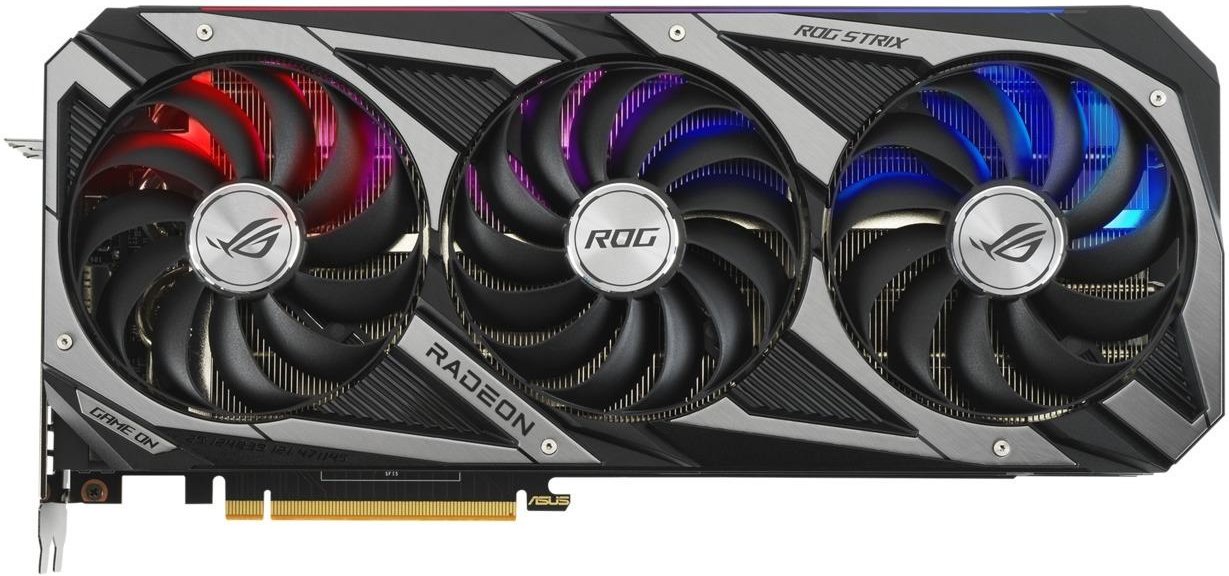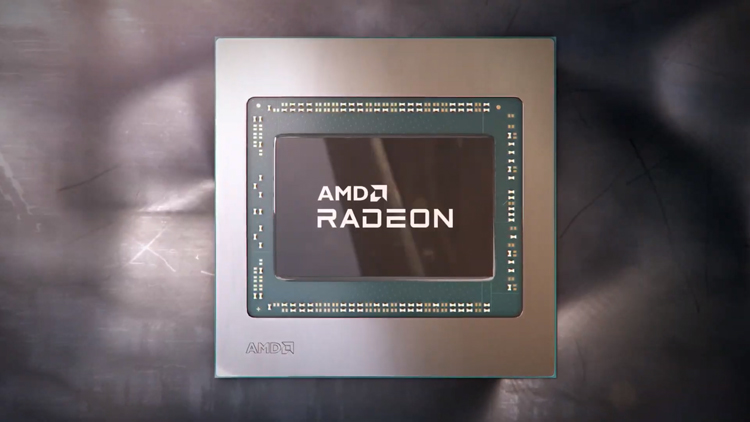It’s quite possible SAM is a little more than just resizable BAR support; we’re still waiting for AMD’s whitepapers, which isn’t helping with writing our forthcoming articles on it all!This thing seems to be quite complicated. Why AMD only promises SAM to work with newest stuff while BAR address resize already work with other stuff too? Perhaps there is more than AMD told us. Perhaps SAM is something more than just renamed resizable BAR. Perhaps Zen3 and Radeon 6000 series have something custom.
I’m pretty certain that they’re solely referring to Windows systems only. AMD are also being quite specific with their wording - in that footnote in their SAM webpage, they state that only Radeon RX 6000 series cards are validated. This suggests that they could potentially offer it in older hardware but since so much of rBAR depends on chipset/BIOS supporting it fully too, I can see why they just wanted it for the 500 series chips, with 6000 cards - it’s a far smaller number of configurations to test and validate.Aside assumed custom stuff above, AMD said on event that it will work at launch "and run automatically on background". Something cannot be done with older hardware.
Interestingly, rBAR has been available in Windows since WDDM 2.0 came out with Windows 10. Which all begs the question: ‘why now?’ AMD’s GPUs have supported since 2015, Linux and Windows have supported it for a number of years too. The PCIe controller must support it too but since the 500 chipset supports Zen+ CPUs onwards (X570, at least) then they’ve had support for it the controller for a number of years too.
In other words, there’s no immediately obvious reason as to why it has to be the 500+6000 combination. It seems to me that AMD have kept it aside for Big Navi to provide the ‘free’ extra % performance at 4K to throughly compete against or beat Ampere - the first Navi wasn’t powerful enough to compete against the 2080 Ti and the older GCN architecture was more limited by shader utilisation and internal bandwidth than external data restrictions.


